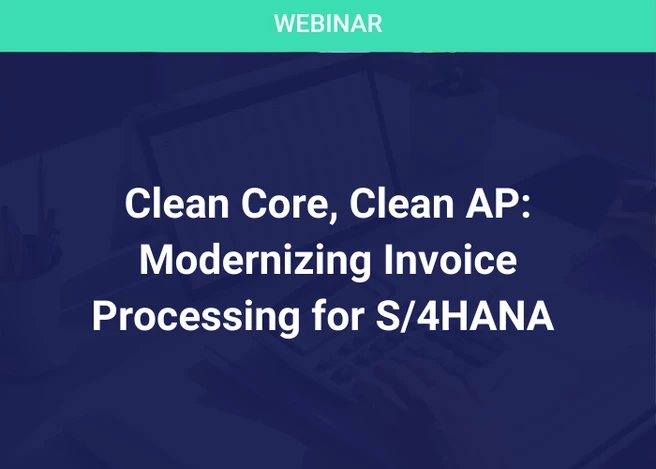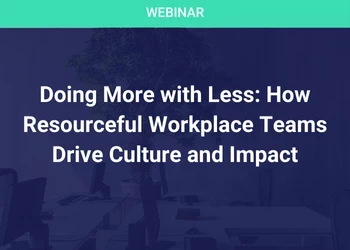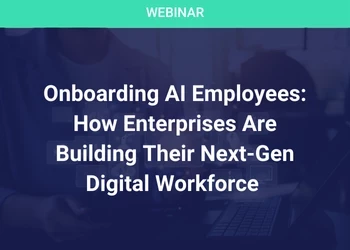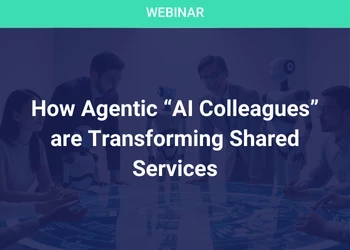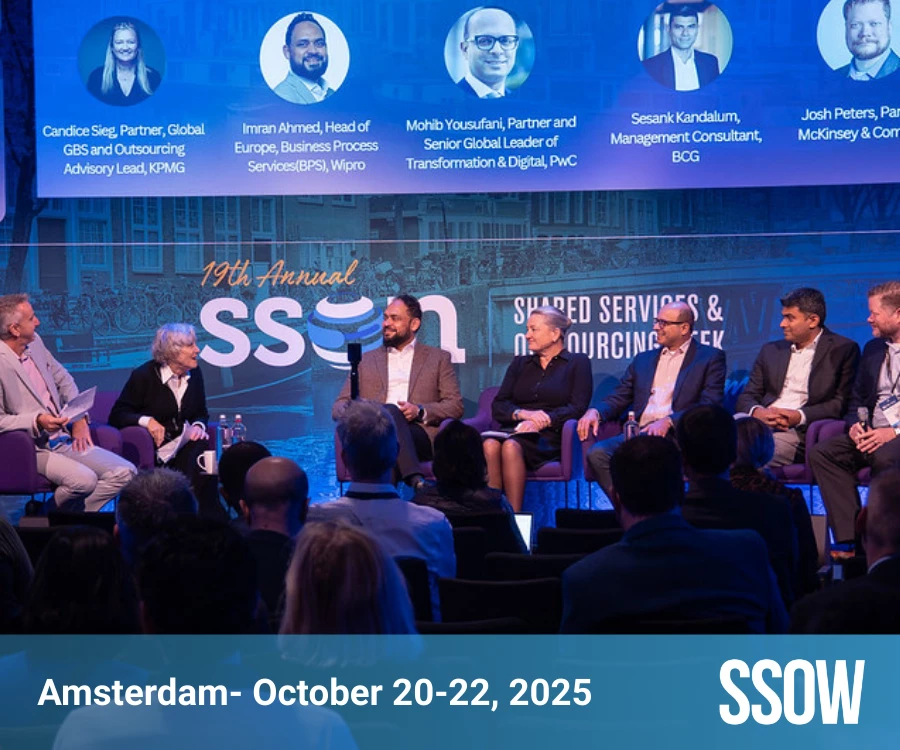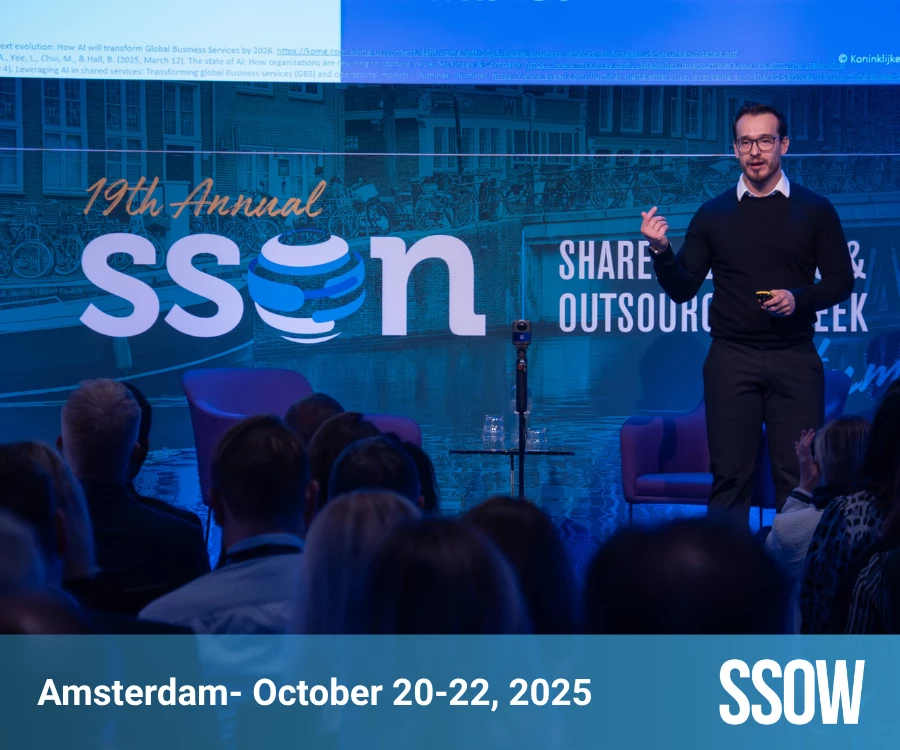
Is RPA dead?
Every few years, the tech industry loves to declare something “dead.” Remember when people said, “APIs are dead”? Or that “EDI is dead”? More recently, some have started to ask: “Are connectors dead?” Yet, if you look around, you’ll see these technologies are still very much alive, quietly running the backbone of global business. Now, the same question is being asked about Robotic Process Automation (RPA): Is RPA dead?
Let’s look at the pattern. Whenever a new technology emerges, there’s a tendency to assume it will completely replace the old. But in reality, most technologies don’t die—they evolve, adapt, and find new niches.
- Is API dead? No.
- Is EDI dead? No.
- Are connectors dead? Still no.
Each of these tools continues to solve specific problems. They may not be the hottest topic at conferences, but they remain indispensable in the real world. So, what about RPA? Let’s dive deeper and explore where RPA stands today and what the future holds.
RPA in 2025: A Commodity
Fast forward to 2025. RPA is no longer the sought-after technology. It’s not the innovation that everyone is talking about at tech conferences; I haven’t seen it mentioned in any recent ones. Instead, RPA has become a commodity, a foundational technology that every organization uses, but few discuss openly. It’s expected to work, and to work well. In many ways, this is a sign of maturity, not obsolescence.
Gartner’s 2024 Market Guide for RPA noted, “RPA has become a standard part of enterprise automation toolkits. Its value is now measured by integration, scalability, and orchestration, not novelty.” In other words, RPA is essential, but not something you brag about.
Transformation Is Not the Same as Extinction
Why do these technologies persist? The answer is simple: transformation is expensive, especially for large enterprises. Replacing core systems and processes is a multi-year, resource-intensive journey. Most businesses can’t afford to rip and replace every time a new tool comes along. Instead, they optimize and integrate, layering new capabilities on top of proven foundations.
We’ve seen this pattern before. On-premise ERP systems were expected to vanish with the rise of cloud computing, yet many global corporations still rely on them. Mainframes were supposed to die in the 1990s, yet many banks and governments still rely on them today. COBOL was declared dead decades ago, but it continues to run mission-critical applications. The conventional way of programming may fade, but the underlying concepts endure.
The Rise of CUA: Is It the End for RPA?
Recently, there’s been buzz about Computer Use Agents (CUA). CUAs are AI-driven systems that interact with software applications through the user interface, much like a human would. They use advanced vision models to “see” and understand elements on the screen, enabling them to adapt to dynamic UI changes and follow natural language instructions.
I have debated that CUAs might replace RPA. But let’s look at the facts:
- Speed: RPA can process a transaction in about 3 seconds. A CUA, relying on vision models and more complex reasoning, might take 15 seconds for the same task.
- Scale: For small-scale automation, this difference is negligible. But if you’re processing 20,000 transactions a day, RPA completes the job in about 8 hours and 20 minutes. CUA, on the other hand, would take over 41 hours—five times longer.
- Cost: You might argue that you can scale up server capacity to speed up CUA, but that comes with additional compute costs. And we haven’t even factored in the cost of running large language models (LLMs) that power CUAs.
The simple answer: CUA is not replacing RPA—at least not yet. Both have their place. RPA excels at high-volume, repetitive tasks where speed and reliability are critical. CUAs are better suited for more dynamic, unstructured environments where flexibility is needed.
RPA’s New Role: Integration and Orchestration
So, if RPA isn’t dead, what is its role in the future of automation? The answer lies in integration and orchestration. Today’s digital enterprises are complex ecosystems. They use a mix of legacy systems, cloud applications, APIs, connectors, and now AI-driven agents. The real challenge is not automating a single task, but orchestrating workflows across multiple systems, handling exceptions, and enabling “human in the loop” processes.
RPA is evolving to become a key player in this orchestration layer. It connects the dots between systems that don’t natively talk to each other. It bridges gaps where APIs are unavailable or incomplete. And it enables organizations to automate end-to-end processes, not just isolated tasks.
As Forrester’s 2025 Automation Trends report highlights, “The future of automation is hybrid. RPA, APIs, AI, and human workers will work together, orchestrated by intelligent platforms that optimize for efficiency, compliance, and customer experience.”
What Does This Mean for Your Career?
If you’re an early-career professional or someone who has specialized solely in RPA, you might be wondering: “Is RPA still the right focus for me?” The honest answer: RPA by itself is not enough.
Here’s what you need to thrive in the automation landscape of 2025 and beyond:
- Low-Code App Development: Many processes require human oversight or intervention. Learning to build low-code apps enables you to create “human in the loop” solutions that combine automation with decision-making.
- AI and LLM Integration: The future of automation involves reading unstructured documents, parsing emails, and extracting insights from data. Familiarity with large language models and AI-powered tools is essential.
- APIs and Connectors: Knowing how to use APIs and connectors is crucial for integrating disparate systems and enabling seamless data flow.
- Modern Communication Protocols: Stay updated on emerging standards like MCP (Message Communication Protocol) and A2A (Application-to-Application) integration.
- Orchestration Skills: The ability to design, manage, and optimize end-to-end workflows across multiple technologies will be in high demand. Orchestration is the glue that holds modern automation together.
In short, don’t just be an RPA developer—be an Intelligent Automation Developer or an AI Engineer. The most valuable professionals will be those who can see the big picture and bring together a diverse set of tools to solve real business problems.
RPA and Agentic AI: A Powerful Partnership
A lot of excitement surrounds Agentic AI, AI systems that can reason, plan, and take actions autonomously. But even the smartest AI needs a way to interact with the real world. That’s where RPA comes in.
Imagine an AI agent that analyzes invoices, detects anomalies, and recommends actions. To actually update records, send notifications, or trigger workflows, the AI needs to “do” something. RPA provides the hands and feet for AI’s brain. It executes the actions that AI systems decide upon, bridging the gap between intelligence and execution.
As McKinsey’s 2025 Automation Outlook notes, “RPA will remain a critical enabler of AI-driven operations, providing the execution layer for intelligent agents and decision engines.”
RPA’s Enduring Value: Quietly Powering the Enterprise
It’s easy to overlook technologies that “just work.” But the fact that RPA has become a commodity is a testament to its value. Like the electrical grid or the internet, RPA is most powerful when it’s invisible—powering business processes behind the scenes, enabling innovation, and freeing up human talent for higher-value work.
The narrative that RPA is dead misses the bigger picture. RPA is not disappearing; it’s becoming more integrated, more intelligent, and more essential. It’s evolving from a standalone tool to a foundational layer in the automation stack.
Humanizing the Automation Journey
Let’s step back from the technology for a moment. At the end of the day, automation is about people. It’s about making work easier, faster, and more fulfilling. It’s about freeing up time for creativity, problem-solving, and human connection.
As someone who has seen multiple “waves” of technology come and go, I can tell you this: technologies don’t die, they transform. The best careers and the most successful companies are built by those who adapt, learn, and find new ways to add value. If you’re feeling anxious about the future of RPA, take heart. The skills you’ve built are still relevant. But now is the time to expand your toolkit, embrace new technologies, and become a leader in the next wave of automation.
The Road Ahead: What to Watch For
Looking forward, here are a few trends to keep an eye on:
- Hybrid Automation Platforms: Expect to see more platforms that combine RPA, AI, APIs, and human workflows in a unified environment.
- Agentic AI Integration: Watch for deeper integration between RPA and AI agents, enabling more autonomous, end-to-end processes.
- Focus on Orchestration: Orchestration will become a key differentiator. The ability to design and manage complex workflows will be a sought-after skill.
- Cost Optimization: As automation scales, organizations will need to balance speed, accuracy, and cost—choosing the right tool for each job.
- Continuous Learning: The pace of change will only accelerate. Make learning a habit, not a one-time event.
Conclusion: RPA Is Here to Stay—But It’s Changing
So, is RPA dead? Absolutely not. It’s evolving, maturing, and becoming more deeply embedded in the fabric of digital business. The real question is not whether RPA will survive, but how it will adapt and integrate with the next generation of automation technologies.
As Gartner put it in their 2025 Automation Hype Cycle, “The winners in automation will be those who orchestrate people, processes, and technology—leveraging RPA as a foundational capability, not a standalone solution.” Let’s humanize this: Technology doesn’t die, it transforms. The best careers and companies are built by those who adapt, not those who chase headlines. Stay curious, keep learning, and remember: every “dead” technology still has its day. To gain more excellent insights from our SSO Network, join us for our Intelligent Automation World Series.


